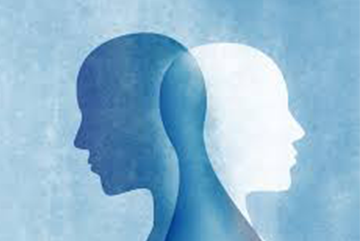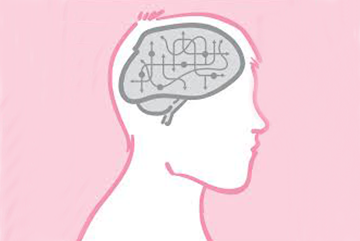

Anxiety can be normal in stressful situations such as public speaking or taking a test. Anxiety is only an indicator of underlying disease when feelings become excessive, all-consuming and interfere with daily living.

Depression is a serious mental illness that can interfere with a person's life. It can cause long-lasting and severe feelings of sadness, hopelessness, and a loss of interest in activities. It can also cause physical symptoms of pain.

The exact cause of bipolar disorder isn’t known, but a combination of genetics, environment and altered brain structure and chemistry may play a role. Manic episodes may include symptoms such as high energy, reduced need for sleep.

Alcoholism is the inability to control drinking due to both a physical and emotional dependence on alcohol. Symptoms include repeated alcohol consumption despite related legal and health issues.

Nicotine dependence occurs when you need nicotine and can't stop using it. Nicotine is the chemical in tobacco that makes it hard to quit. Nicotine produces pleasing effects in your brain, but these effects are temporary.

A mouse continuing to attempt to escape when escape is obviously impossible. Behavior that violates the standards of society. When people do not follow the conventional social and moral rules of their society.

Schizophrenia is a chronic brain disorder that affects less than one percent of the U.S. population. When schizophrenia is active, symptoms can include delusions, hallucinations, disorganized speech, trouble with thinking and lack of motivation.

The American Society of Addiction Medicine (ASAM) defines addiction as a chronic disease that affects the brain's reward, motivation, and memory functions. Someone with an addiction will crave a substance or other behavioral habits. They'll often ignore other areas of life to fulfill or support their desires.

Panic disorder is an anxiety disorder and is characterized by unexpected and repeated episodes of intense fear accompanied by physical symptoms that may include chest pain, heart palpitations, shortness of breath, dizziness, or abdominal distress.
.

Mental health problems in children and adolescents include several types of emotional and behavioural disorders, including disruptive, depression, anxiety and pervasive developmental (autism) disorders, characterized as either internalizing or externalizing problems.